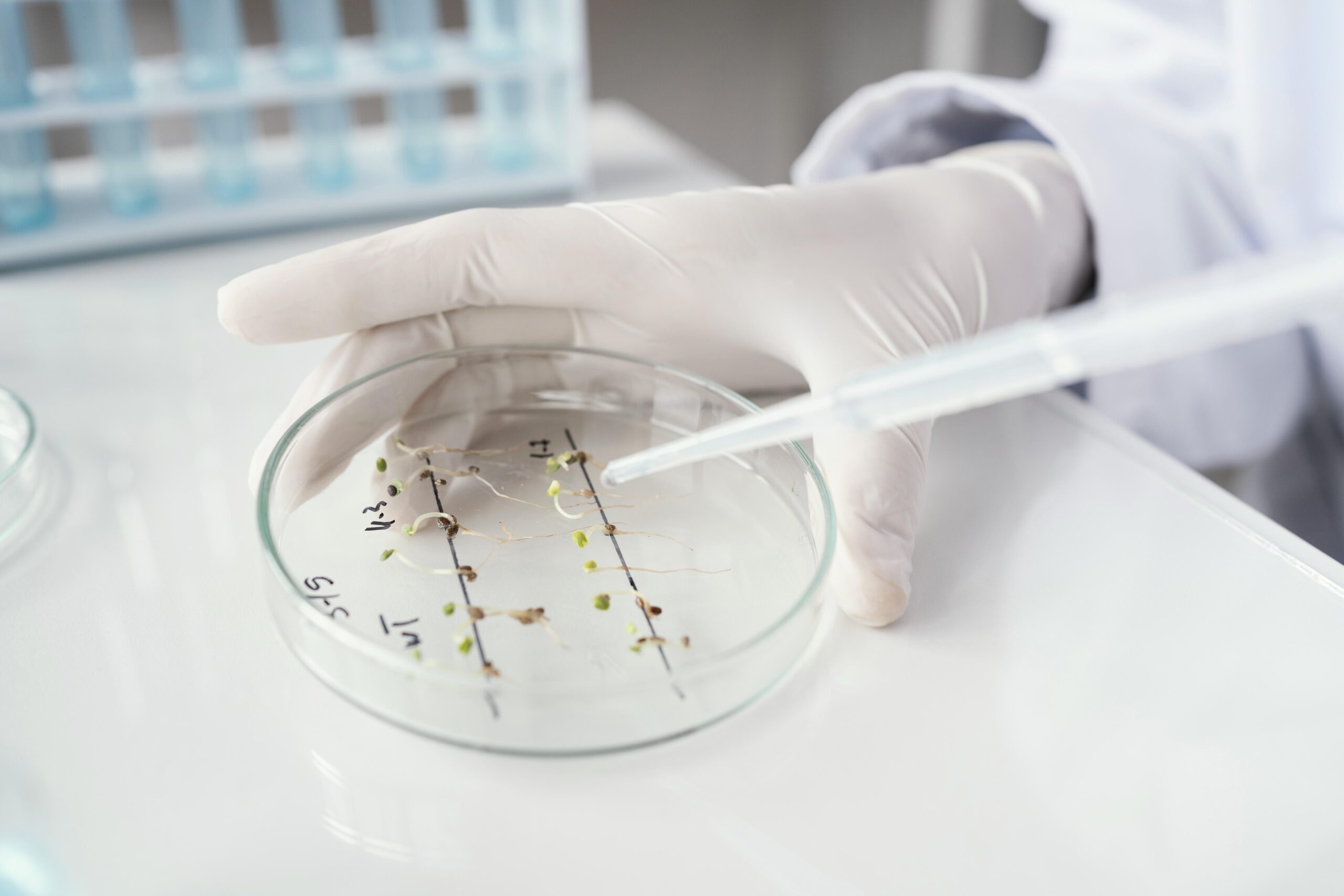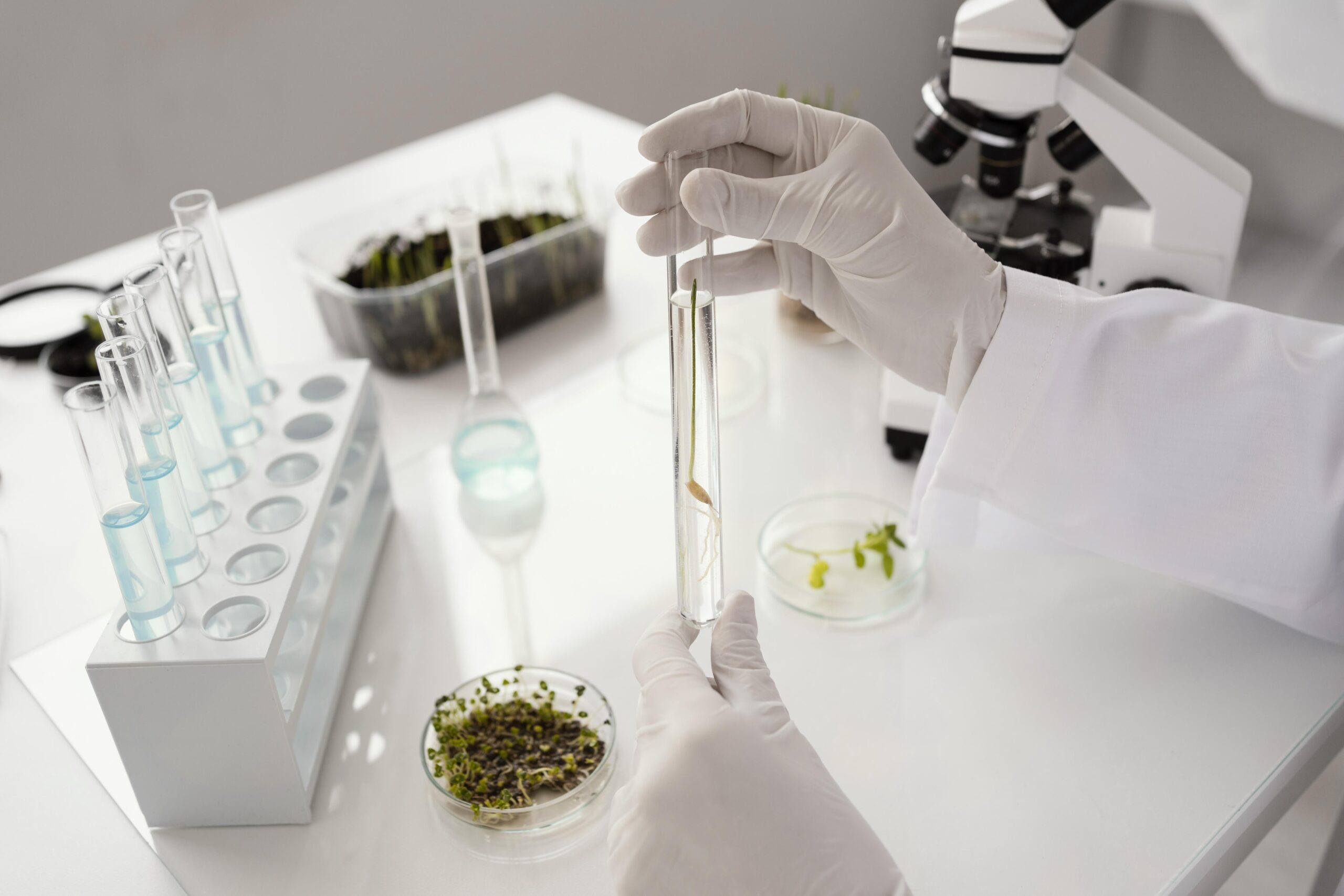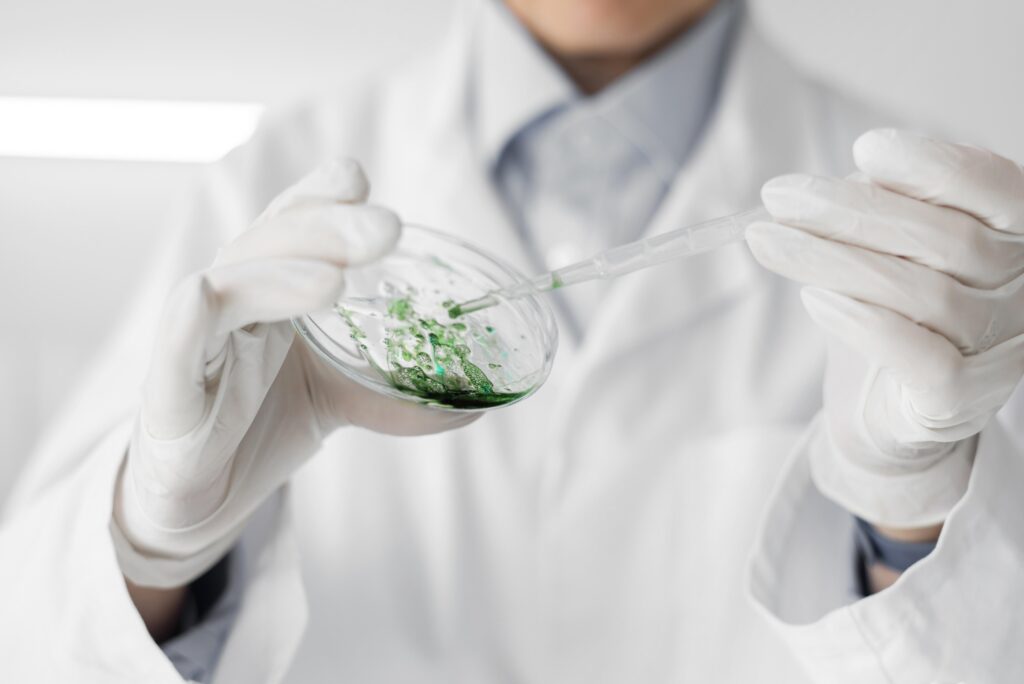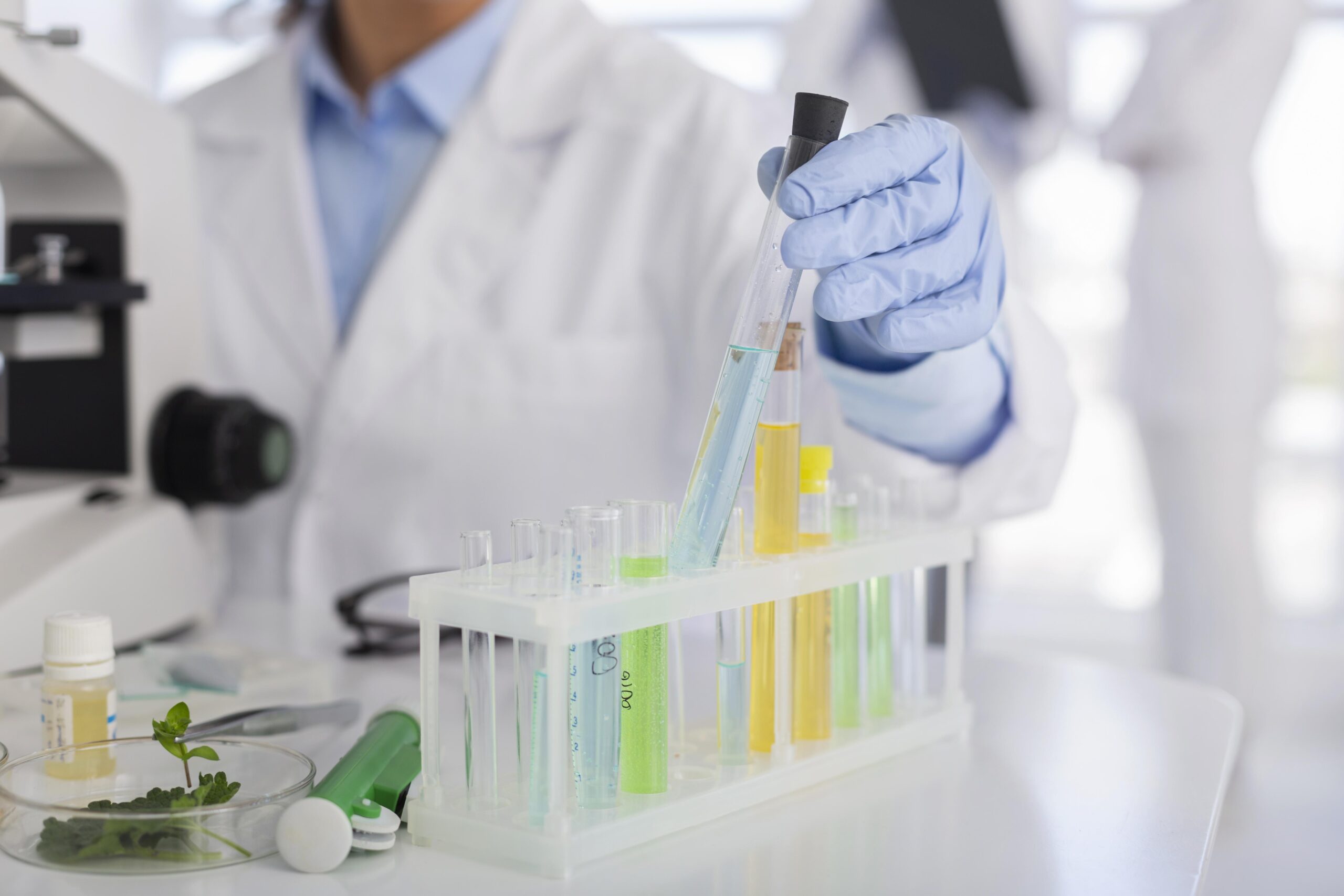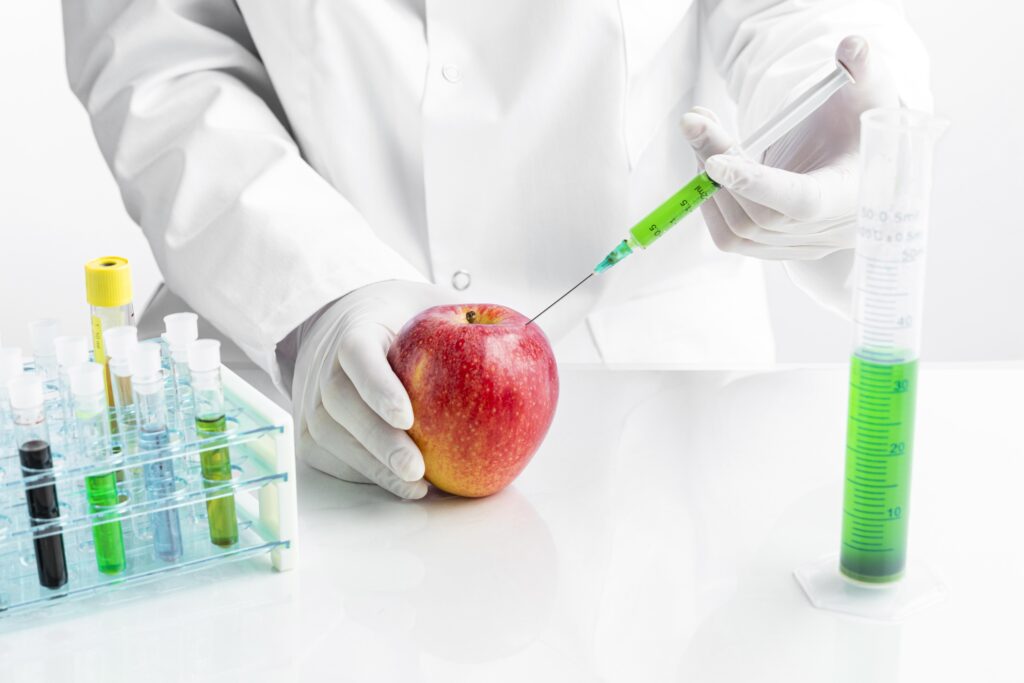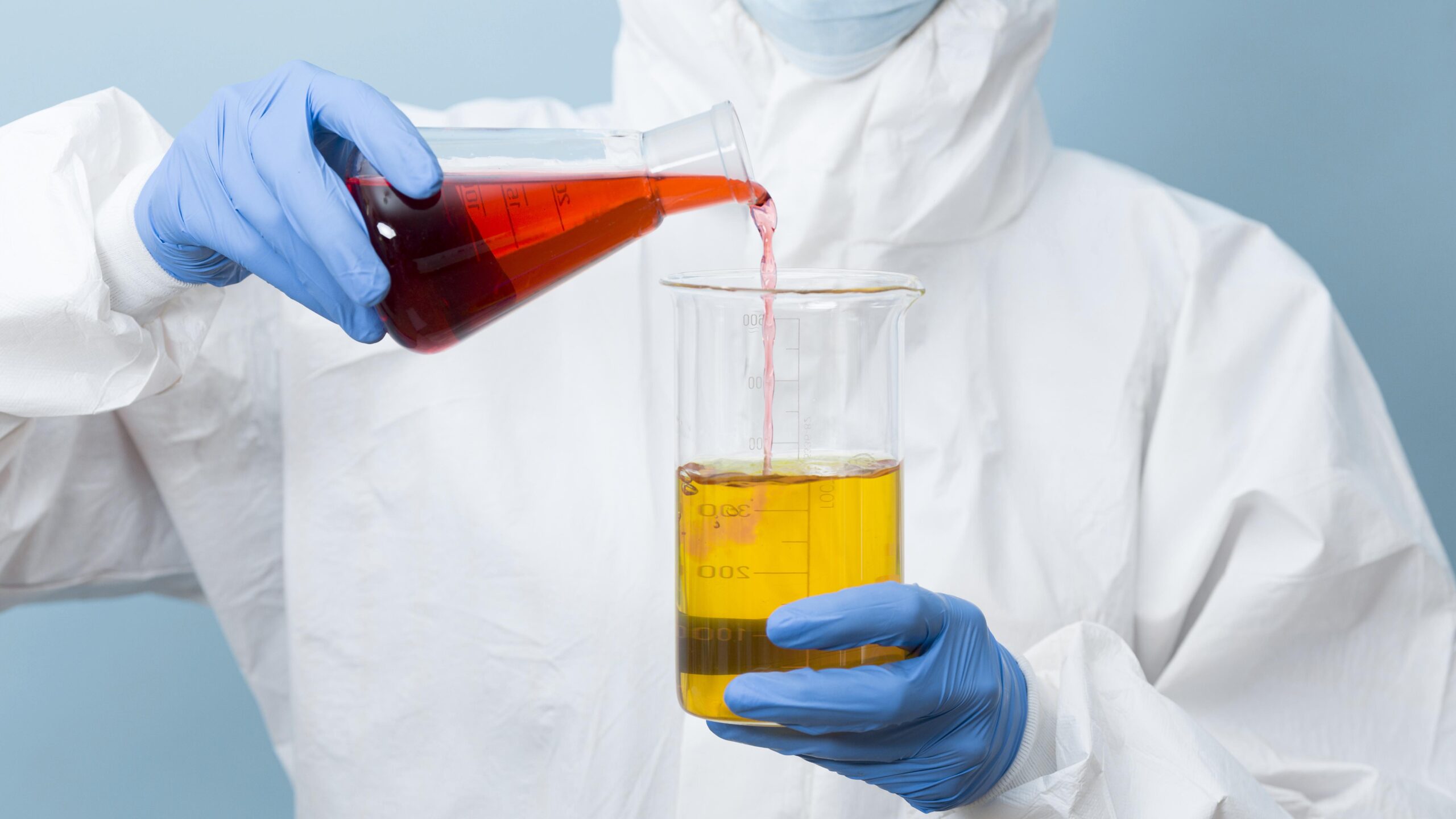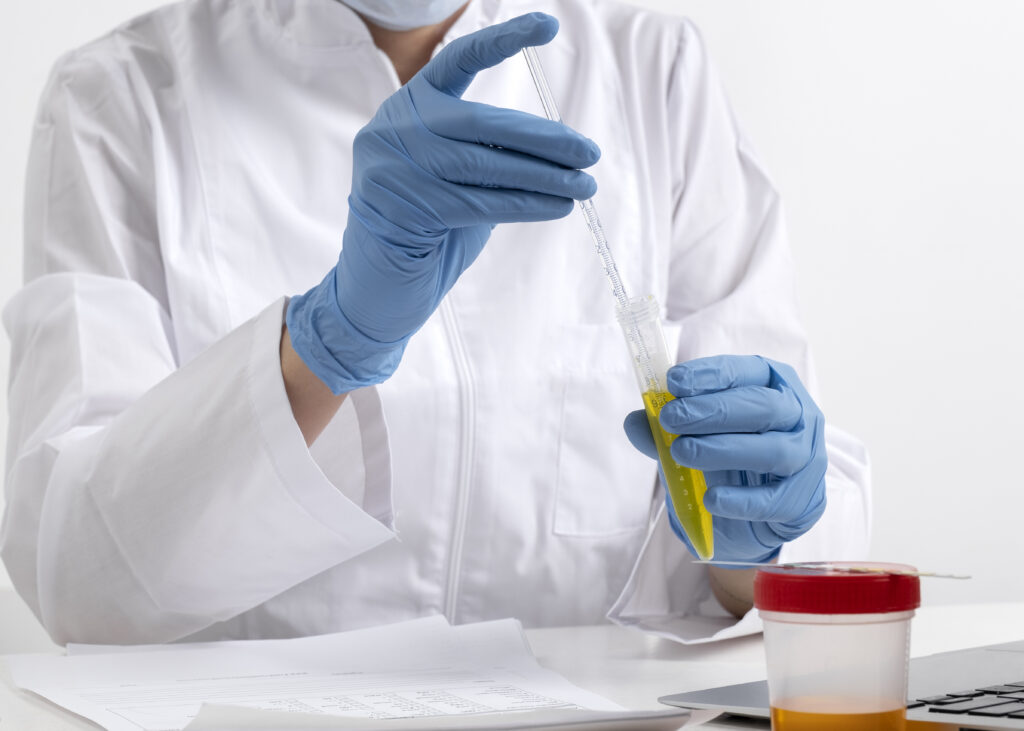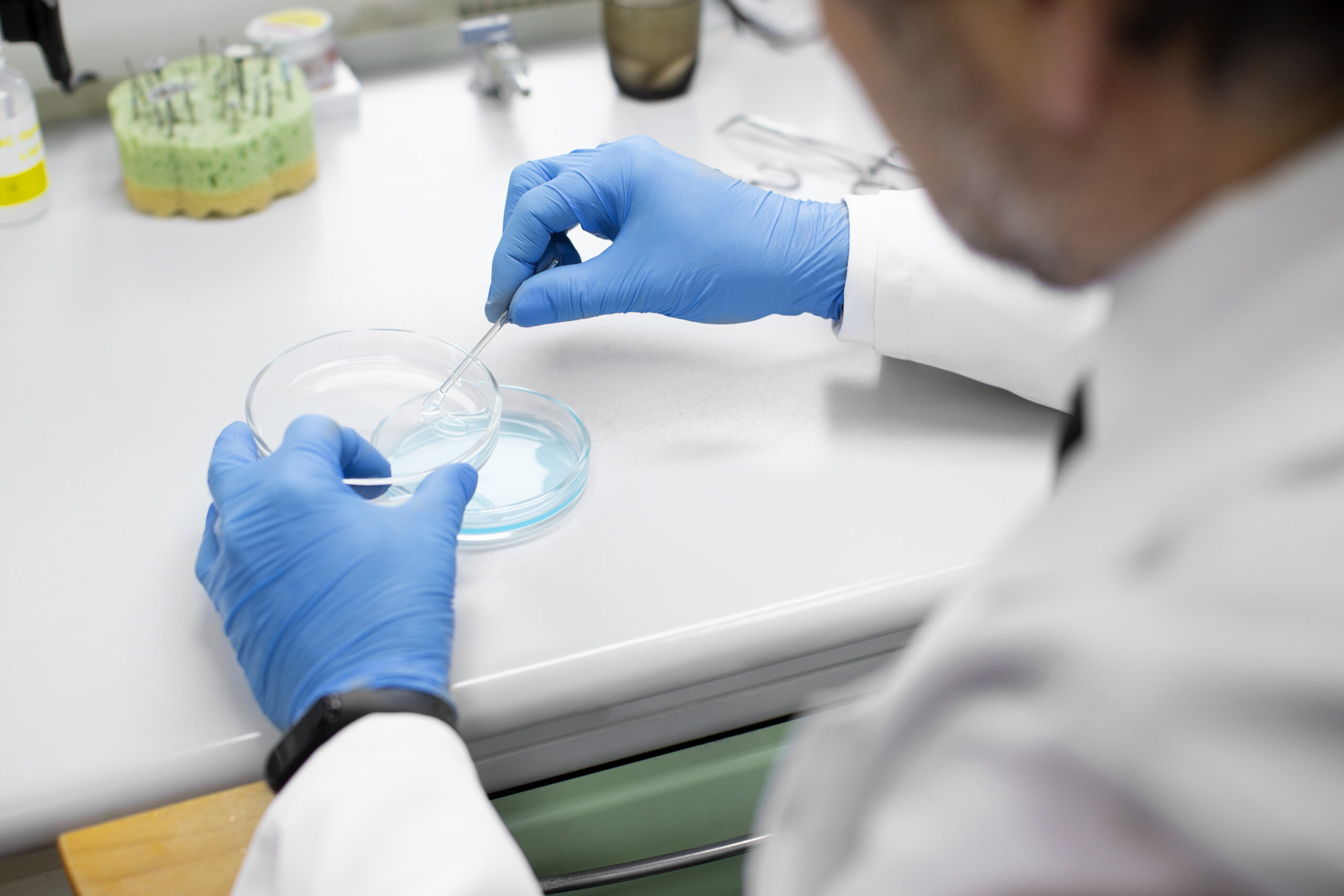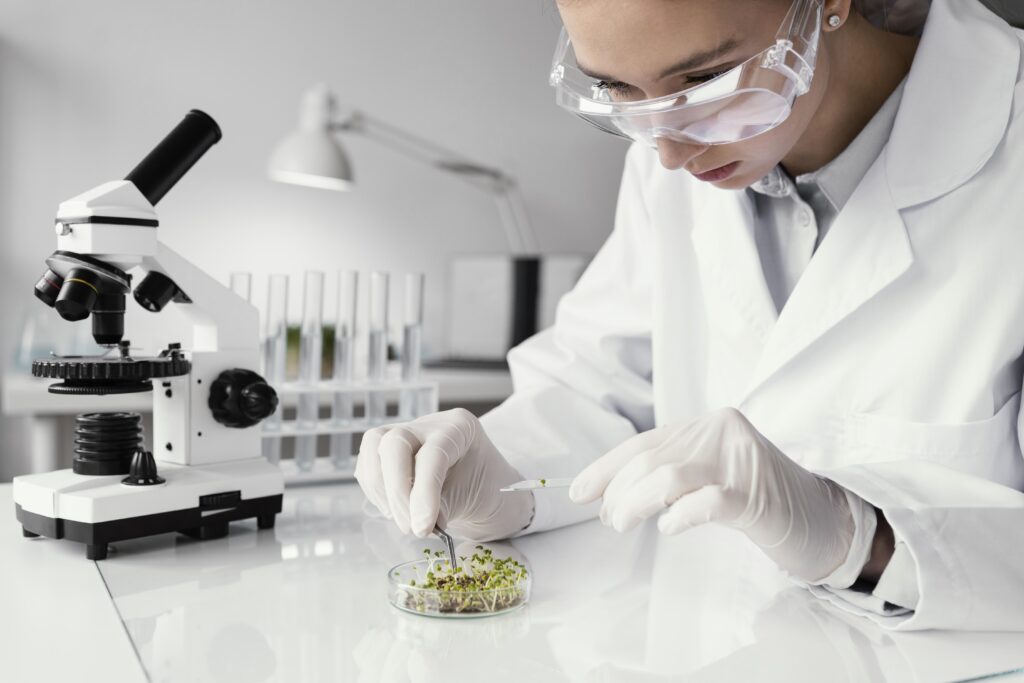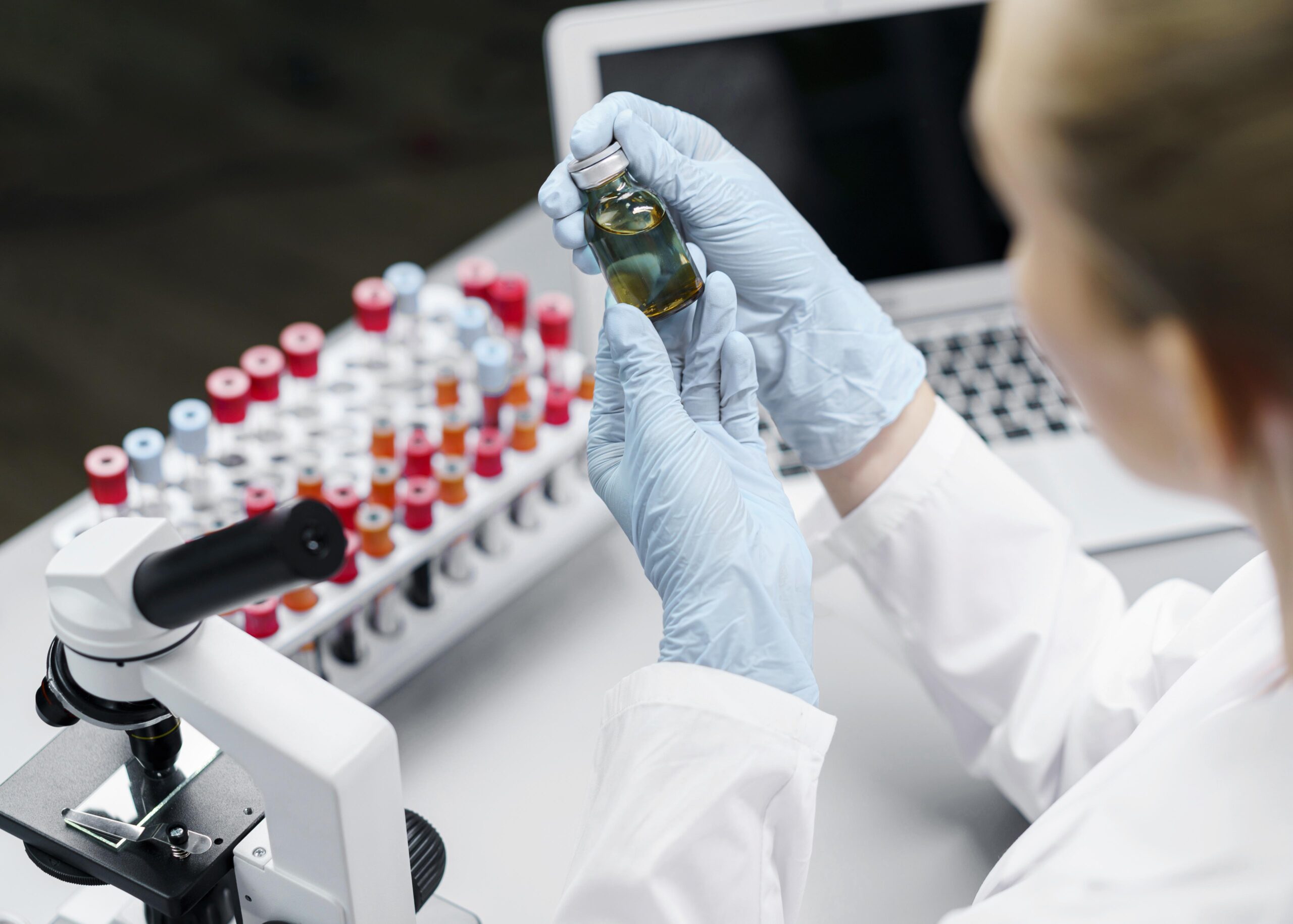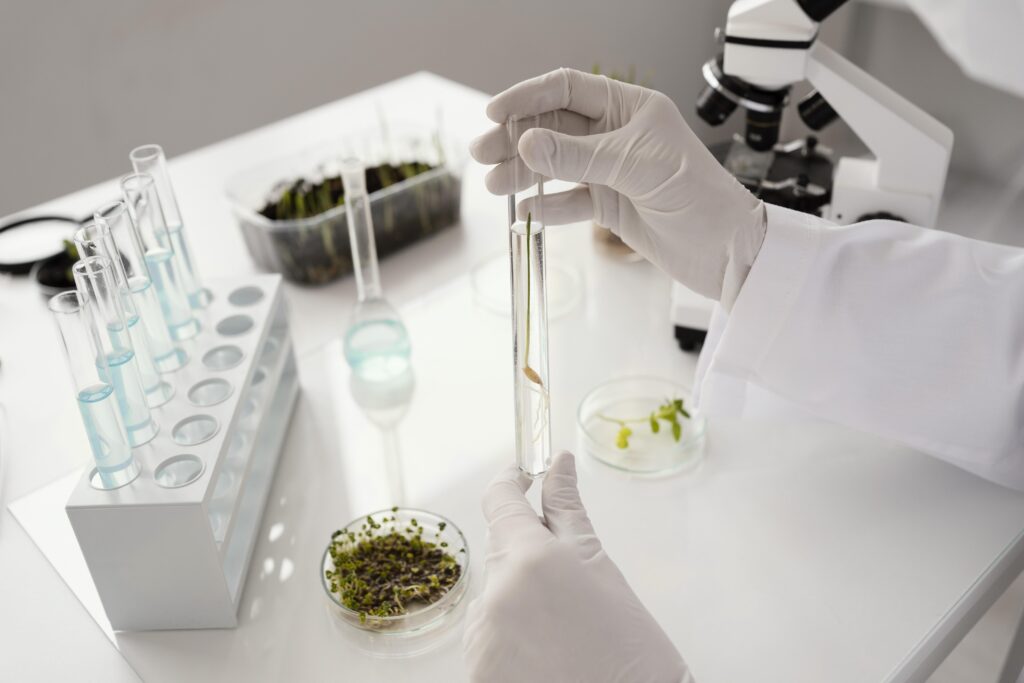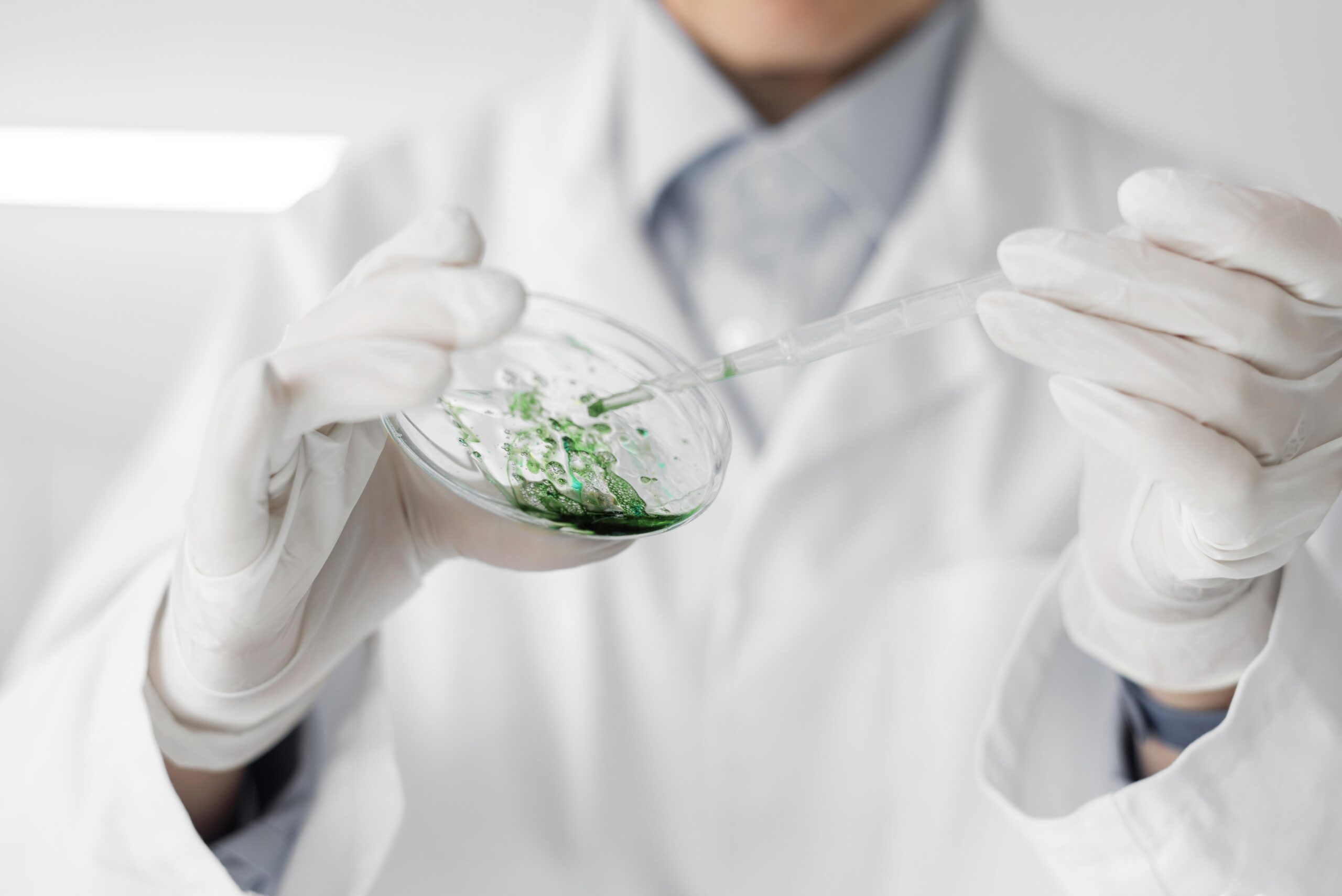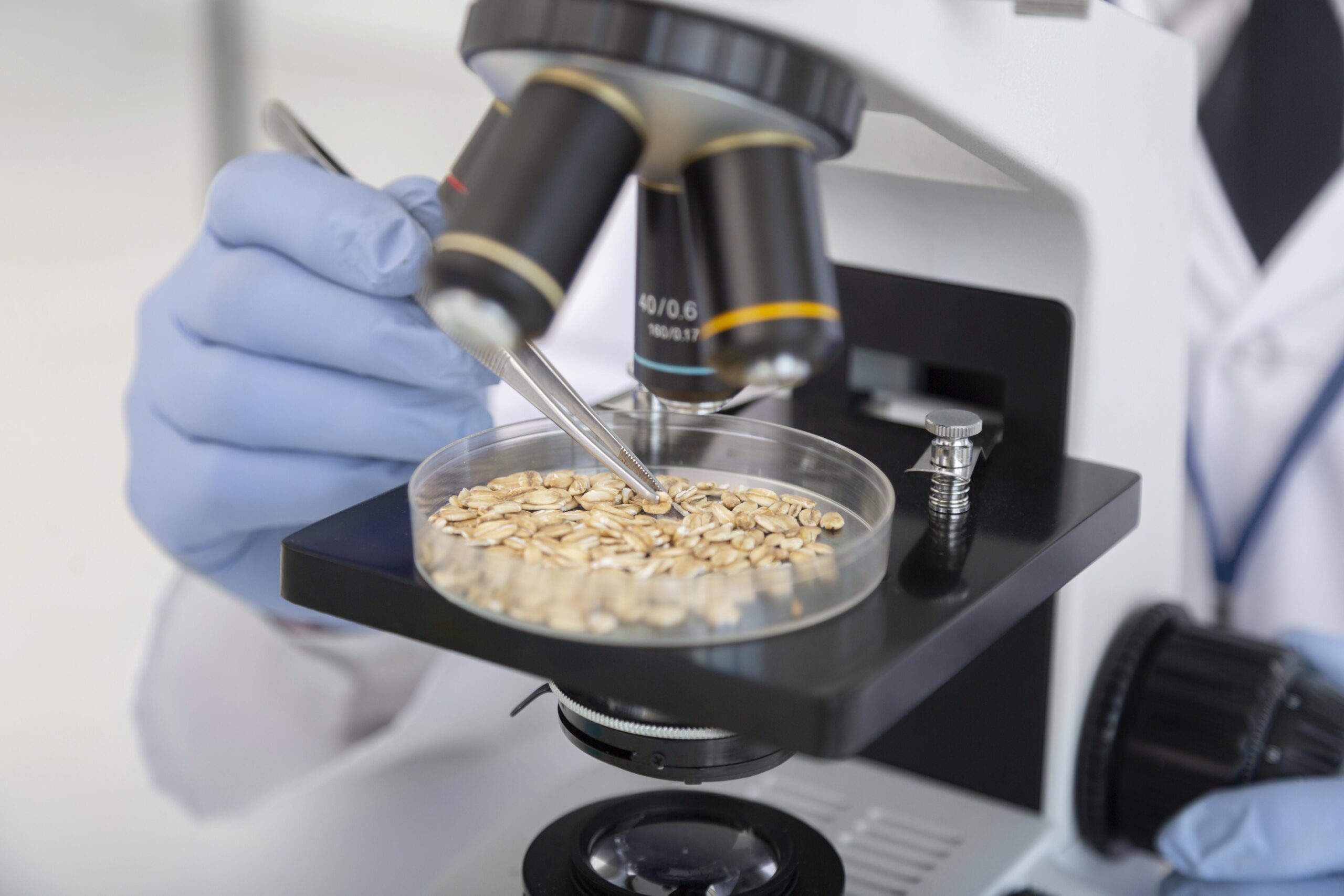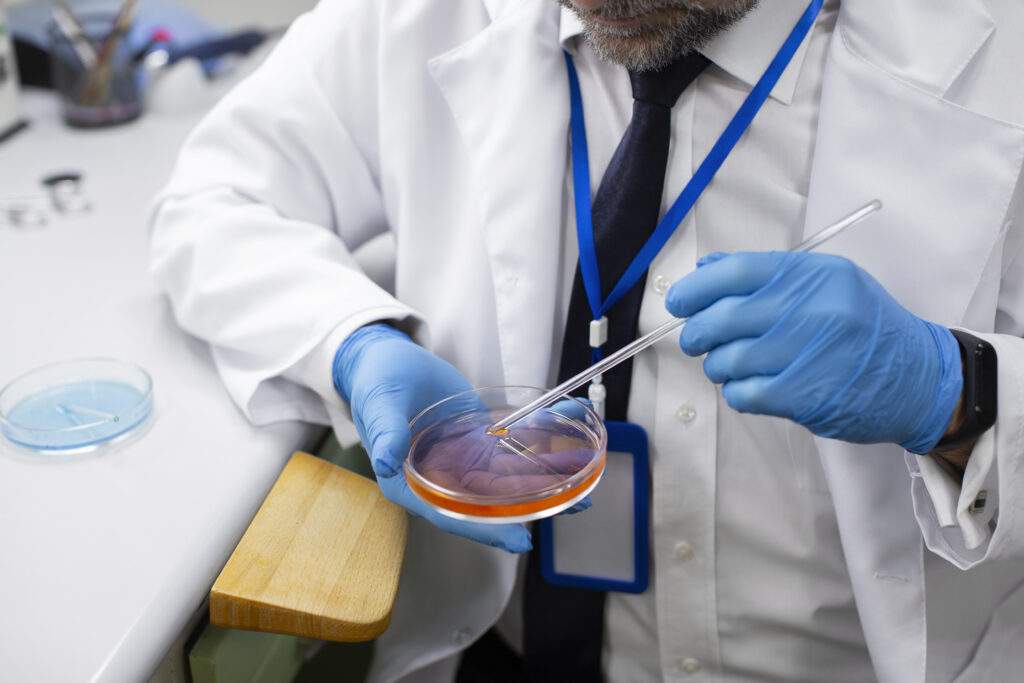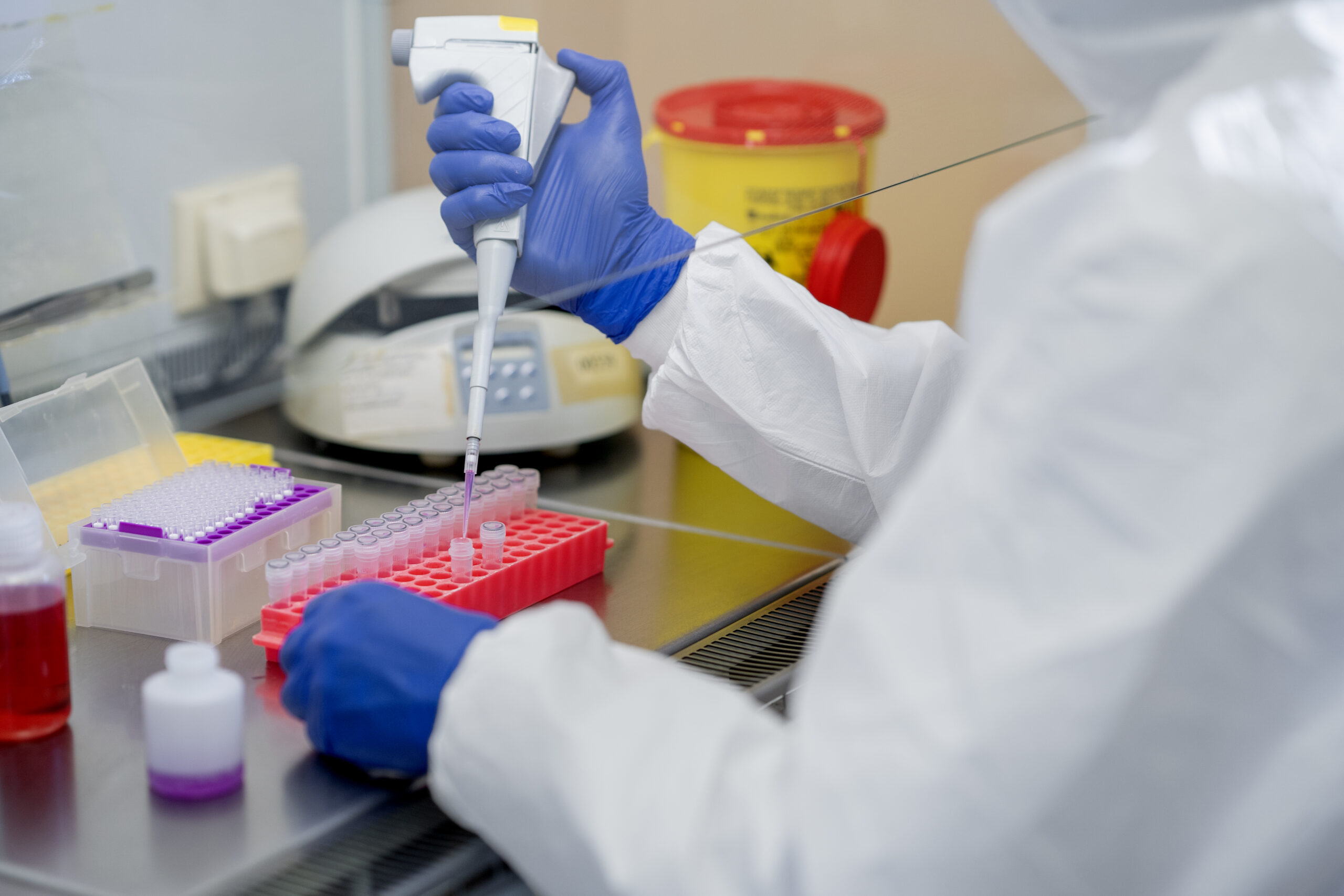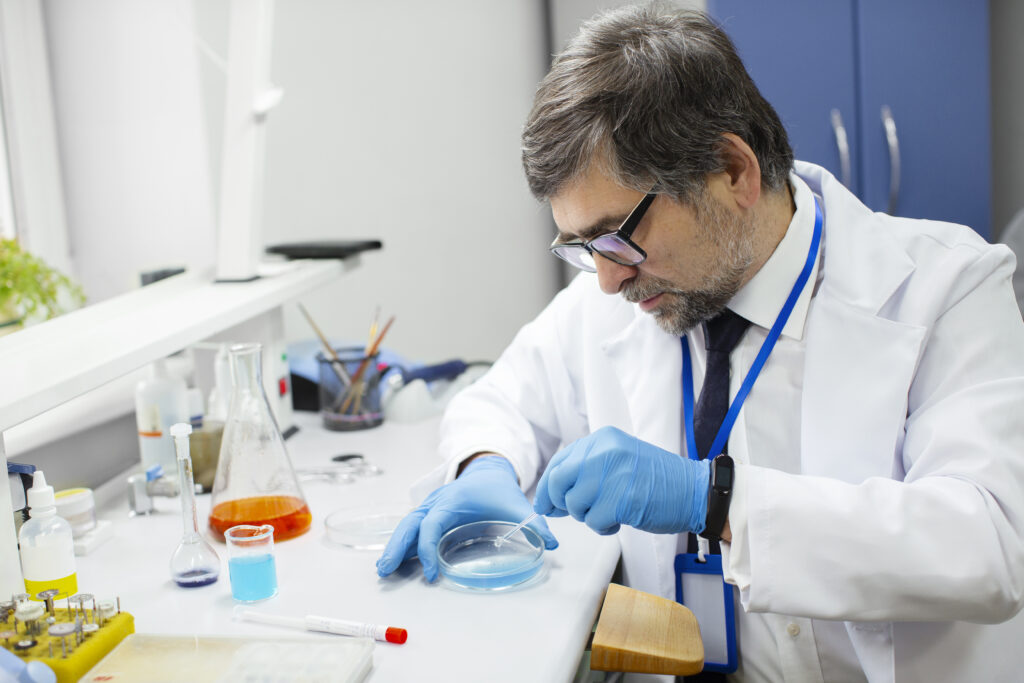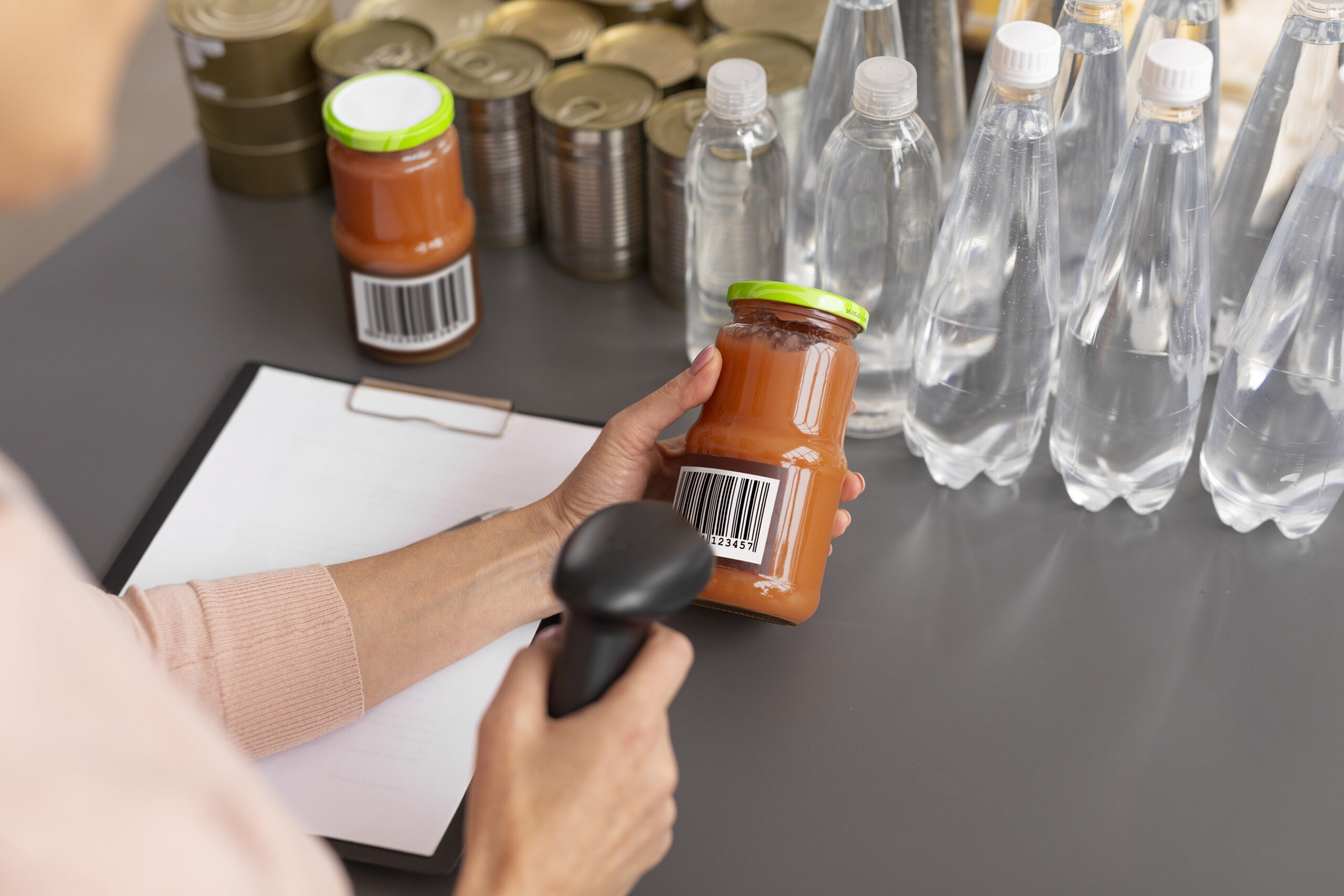To guarantee that consumers obtain products that are safe to eat and devoid of hazardous germs, food safety, and quality are of utmost importance in the food sector. In this procedure, microbiological testing is essential for spotting possible risks and guaranteeing that safety regulations are being followed. This blog will discuss the procedures used, the significance of microbiological testing in the food supply chain, and how it guarantees food safety and quality.
What is Microbiological Food Testing?
Microbiological food testing involves the examination of food products to detect and quantify microorganisms such as bacteria, viruses, yeasts, and molds. These microorganisms can be harmful, causing foodborne illnesses or spoilage, which affects the quality and safety of the food. The primary goal of microbiological food testing is to identify these microorganisms and ensure that food products are safe for consumption.
The Importance of Microbiological Food Testing
1. Preventing Foodborne Illnesses
Foodborne illnesses are a significant public health concern, affecting millions of people worldwide. Pathogens like Salmonella, E. coli, and Listeria can cause severe illness and even death. Food testing labs helps identify these harmful microorganisms in food products, preventing contaminated products from reaching consumers. By regularly testing food, producers can detect contamination early and take corrective actions to mitigate risks.
2. Ensuring Regulatory Compliance
Food safety regulations vary by country but generally require food producers to conduct microbiological testing to ensure their products meet safety standards. Regulatory bodies like the Food and Drug Administration (FDA) in the United States and the European Food Safety Authority (EFSA) in Europe mandate specific microbiological criteria for different types of food. Compliance with these regulations is crucial for businesses to avoid legal repercussions and maintain their market access.
3. Protecting Brand Reputation
In today’s competitive market, a brand’s reputation is everything. A single outbreak of foodborne illness linked to a brand can cause irreparable damage. Microbiological testing ensures that food products are safe, helping to protect and maintain a brand’s reputation. By prioritizing food safety, companies demonstrate their commitment to consumer health, which can enhance customer trust and loyalty.
4. Improving Product Quality
Microorganisms not only pose health risks but also affect the quality of food products. Spoilage organisms can degrade the taste, texture, and shelf life of food. Through microbiological testing, producers can detect and control these organisms, ensuring that their products meet quality standards. High-quality products lead to increased customer satisfaction and reduced waste.
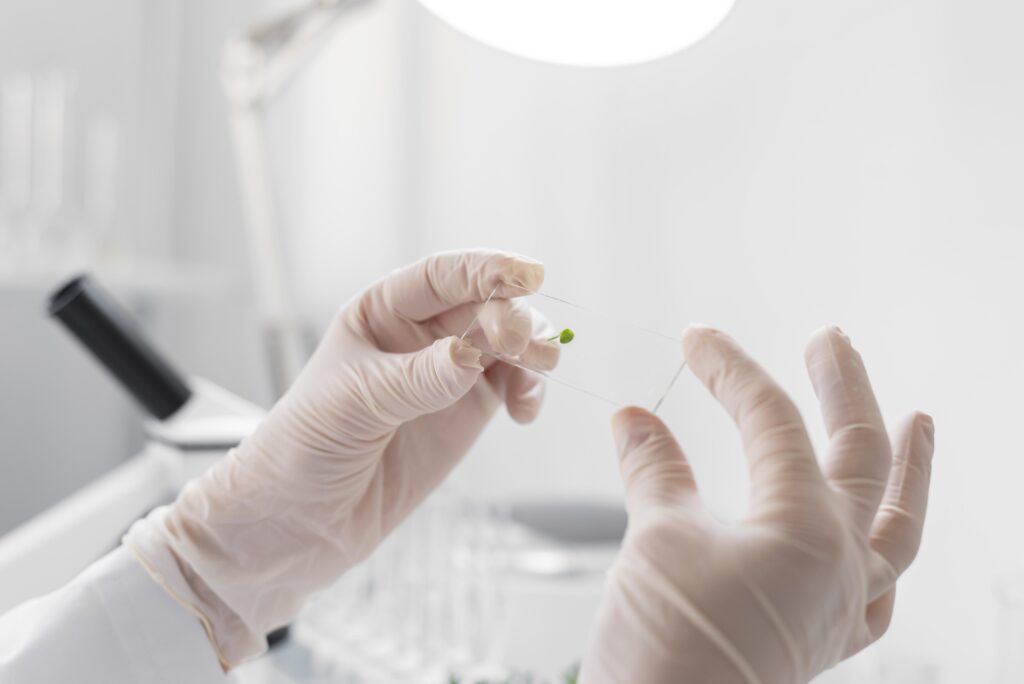
Methods of Microbiological Food Testing
Various methods are used in microbiological food testing, each with its advantages and applications. Here are some common methods:
1. Culture Techniques
Culture techniques involve growing microorganisms on specific media under controlled conditions. These methods are widely used due to their ability to identify and quantify a broad range of microorganisms. Although they can be time-consuming, culture techniques are highly accurate and remain a gold standard.
2. Polymerase Chain Reaction (PCR)
PCR is a molecular technique that amplifies DNA sequences specific to microorganisms. It allows for the rapid and specific detection of pathogens, often within a few hours. PCR is highly sensitive and can detect low levels of contamination, making it an essential tool.
3. Enzyme-Linked Immunosorbent Assay (ELISA)
ELISA is an immunological method that uses antibodies to detect specific antigens produced by microorganisms. This technique is used for the rapid detection of pathogens and toxins in food samples. ELISA is widely used due to its ease of use, speed, and specificity.
4. Bioluminescence
Adenosine triphosphate (ATP) is a chemical present in all live cells that can be detected using bioluminescence techniques. This method gives a quick assessment of the degree of microbial contamination. Although bioluminescence cannot detect individual microbes, it is a valuable tool for monitoring and checking hygiene.
5. Mass Spectrometry
Protein profiles can be used by mass spectrometry in conjunction with methods such as Matrix-Assisted Laser Desorption/Ionization (MALDI) to detect microbes. This technique is useful for microbiological food testing since it provides quick and precise identification.
The Role of Microbiological Food Testing in the Supply Chain
Microbiological food testing is integrated at various stages of the food supply chain to ensure safety and quality from farm to table.
1. Raw Material Testing
Microbiological contamination of raw materials is tested to help stop infections from getting into the production process. Producing companies can reduce the possibility of contamination in the finished product by making sure that raw ingredients fulfill safety regulations.
2. In-Process Testing
In-process testing is carried out during food manufacturing to keep an eye on the microbiological levels at crucial control points. If contamination is discovered, this real-time monitoring enables prompt corrective action, guaranteeing the product's safety and quality.
3. Finished Product Testing
Testing of the finished product ensures that it satisfies regulatory requirements and is free of hazardous microbes. Before products are put on the market, this process is essential since it adds another level of safety assurance.
4. Environmental Monitoring
Testing the industrial facility's air, surfaces, and equipment is part of environmental monitoring, which looks for possible contamination sources. Frequent environmental testing lowers the chance of product contamination by assisting in the maintenance of a sanitary and clean manufacturing environment.
The Future of Microbiological Food Testing
Technological developments keep improving microbiological testing, making it more thorough, accurate, and quick. Advances like next-generation sequencing (NGS) make it possible to identify and characterize several microorganisms at once, giving researchers a deeper understanding of the microbial populations found in food. Moreover, testing procedures are becoming more efficient and productive thanks to automation and robotics.
Furthermore, the field of microbiological testing for food is changing as a result of the combination of artificial intelligence (AI) and data analytics. With the use of predictive models, proactive steps to stop contamination can be taken by identifying trends and possible threats. As these technologies advance, the importance of microbiological food testing in guaranteeing food safety and quality will only increase. Furthermore, the field is changing as a result of the combination of artificial intelligence (AI) and data analytics. With the use of predictive models, proactive steps to stop contamination can be taken by identifying trends and possible threats. As these technologies advance, the importance of microbiological food testing in guaranteeing food safety and quality will only increase.
Conclusion
Microbiological food testing is essential to ensuring the safety and quality of food. It helps avoid foodborne diseases, assures regulatory compliance, safeguards brand reputation, and enhances product quality by identifying and measuring dangerous germs. Microbiological testing for food will develop more as technology progresses, offering customers even more protection and improving the security and caliber of the world's food supply.
Food manufacturers may guarantee that their products are safe, and of the highest caliber, and that consumers will trust them by realizing the significance of microbiological food testing and putting strong testing processes into place.

